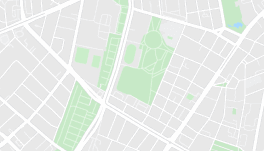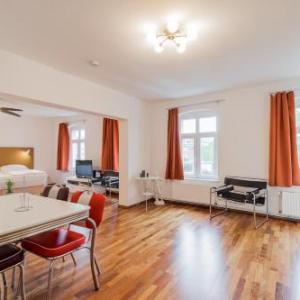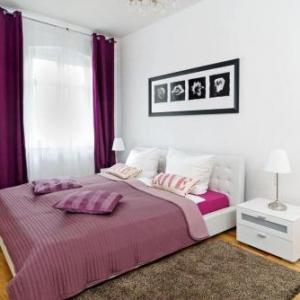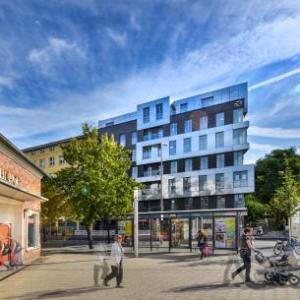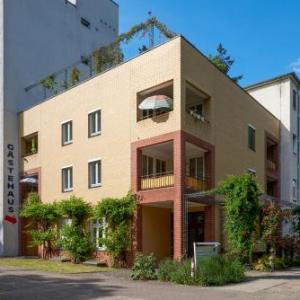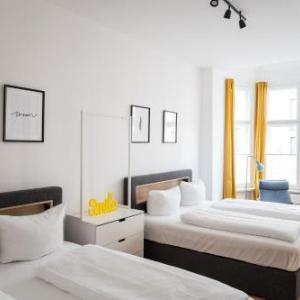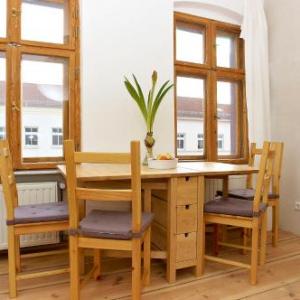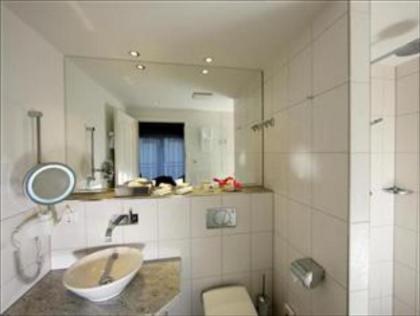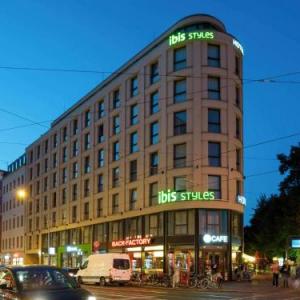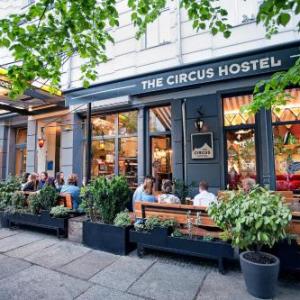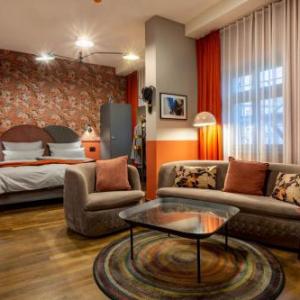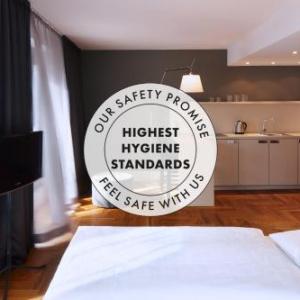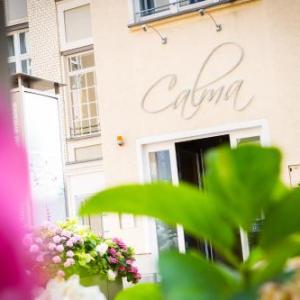Featured Hotels Near Berlin Wall Berlin
18 Elisabethkirchstraße (0.1 km from Berlin Wall)
Set in Berlin SUITE & APART offers a restaurant and city views 1312 feet from Memorial of the Berlin Wall and 0.8 mi from Natural History Museum.
Veteranenstr. 10 (0.4 km from Berlin Wall)
This hotel directly overlooks the Weinbergpark in Berlin’s cool Prenzlauer Berg district a 10-minute walk from Hackescher Markt. It features a restaurant café.
Torstrasse 156 (0.4 km from Berlin Wall)
These modern apartments are centrally located in Berlin near many shops and restaurants in the Mitte and Prenzlauer Berg districts. Grand Central Mitte Apartment is quiet and light-filled and features many design pieces and accessories.
Invalidenstrasse 129 (0.4 km from Berlin Wall)
These modern and luxurious studios and apartments are located in the central Mitte district of Berlin. Each one offers a loggia (covered balcony) or a terrace with views of greenery and the vibrant city center.
115-118 Bernauer Straße (0.5 km from Berlin Wall)
Featuring a garden and free WiFi Gästehaus Lazarus is located in Berlin a 10-minute walk from Natural History Museum. The property is around 1.1 mi from Museum Island 1.2 mi from German Historical Museum and 1.2 mi from Berlin Cathedral.
Tieckstraße 11 (0.5 km from Berlin Wall)
Located in Berlin Mitte just 1640 feet from Nordbahnhof railway station this hotel is close to the vibrant Alexanderplatz and Hackescher Markt district the Museum Island and the Brandenburg Gate.
tieckstrase 11 (0.5 km from Berlin Wall)
Great care is taken to ensure guests experience comfort through top-notch services and amenities. Remain linked during your visit by utilizing the complimentary internet access available.
Brunnenstraße 4 (0.5 km from Berlin Wall)
Apartment at Rosenthaler Platz in Berlin provides accommodations with free Wifi a 11-minute walk from Memorial of the Berlin Wall one mile from Natural History Museum Berlin and a 17-minute walk from Alexanderplatz Metro Station.
Budget Hotels Near Berlin Wall See all
You Might Also Like These Hotels Near Berlin Wall See all
Neighboring Points Of Interest: See all
About Hotels in Berlin Wall!
The Berlin Wall was a barrier that divided the German city of Berlin from August 13, 1961 until November 9, 1989. It was constructed by the German Democratic Republic (East Germany) to prevent its citizens from fleeing to West Germany and other parts of Western Europe. The wall consisted of concrete posts and walls, barbed wire fences, guard towers and anti-vehicle trenches. It had a length of 155 km (96 mi), extending from the Baltic Sea south of Schwedt to the end point near Marienborn on the inner-German border. The wall also included a restricted area known as the "death strip," which was patrolled by East German guards who were authorized to use lethal force against anyone trying to escape over or under it.
The purpose of the wall was to both limit access between East and West Berlin and to prevent East Germans from escaping into West Germany - in effect creating a heavily fortified border between East and West. Although psychologically traumatic for many people living in Berlin at the time, it had important economic consequences as well: The flow of goods across this newly created internal border between East and West Germany was severely restricted due to an increase in tariffs on trade goods crossing between their two respective economies. This increased pressure eventually played a role in the fall of communism in Eastern Europe when demonstrations broke out in 1989 leading up to its eventual dismantling later that year.
The construction of this dividing line caused deep divisions within German society, with some people seeing it as necessary for security while others viewed it as an oppressive symbol designed only to restrict freedom. This tension would remain even after its dismantling in 1989, when westerners began visiting what had previously been off limits behind this Cold War symbol. The entire stretch of the former wall is now part of a UNESCO World Heritage Site dedicated to remembering those affected by its presence during one of history's darkest eras.


